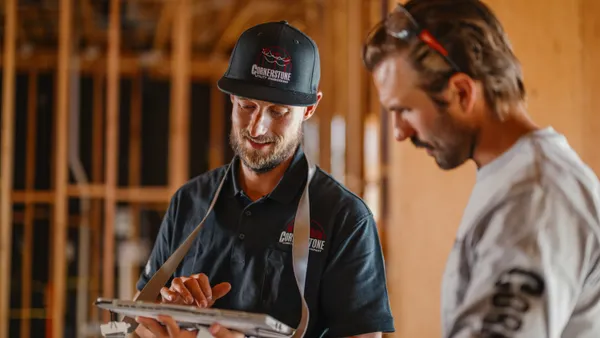Dive Brief:
-
An uptick in the use of energy saving home technology is being seen in U.S. cities with some of the largest carbon footprints, according to a new survey by Zillow.
-
The report found that San Jose, CA, which has the fifth-largest carbon footprint of the 100 largest U.S. cities, had the highest percentage (24%) of home listings with energy-efficient terms. Buffalo, NY, however, has the smallest carbon footprint of the group and just 3% of home listings there feature energy-efficient technology.
- Zillow said the analysis underlines how energy-efficient home technology is building traction among millennials, particularly on the West Coast as homeowners there recon with high energy costs, drought conditions and density concerns.
Dive Insight:
Cities in California accounted for the top five cities on Zillow's list with the greatest percentage of home listings featuring energy-efficient terminology.
Homes with energy-efficient technology often have a higher price tag. A separate report from Zillow on consumer housing trends found that the median list price of homes with this technology is 62% higher than homes without. The same survey also noted that millennials are more interested than other generations in revamping their homes to make them more energy efficient.
Some places are taking energy-efficient homes a step further. Earlier this month, the city council in Santa Monica, CA, signed off on an ordinance that will require the city’s new single family homes to meet net-zero energy standards, which means a home must create from renewable sources as much energy as it consumes from the grid in a year.
Despite that progress, a push within the building industry to reduce carbon emissions has failed to keep up with its targets. Last month, the American Institute of Architects reported that only 4% of projects so far have met the goal of achieving 70% energy savings by 2015, with the average savings coming in at 38%. Under the program, which began collecting performance data in 2010, companies have committed to a goal of achieving carbon neutrality by 2030.
For more housing news, sign up for our daily residential construction newsletter.












